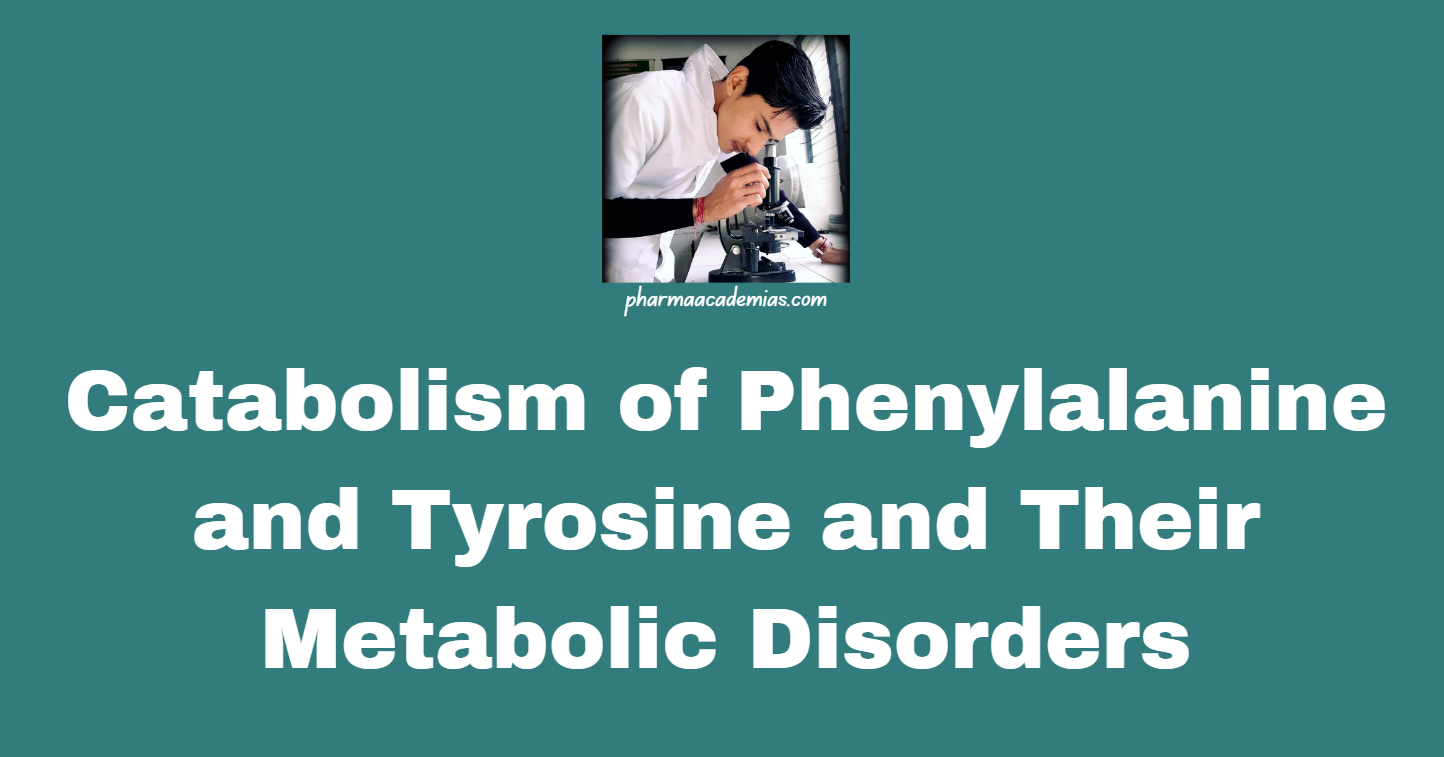Adrenaline, also known as epinephrine, is a vital hormone and neurotransmitter involved in the body’s fight-or-flight response. It plays a crucial role in regulating cardiovascular function, metabolism, and stress responses. This detailed note explores the synthesis, biological roles, and clinical significance of adrenaline. Synthesis of Adrenaline Adrenaline is synthesized from …
Noradrenaline (Norepinephrine): Synthesis and Significance
Noradrenaline, also known as norepinephrine, is a crucial neurotransmitter and hormone involved in the regulation of various physiological processes, including the fight-or-flight response, attention, arousal, and mood. It is synthesized primarily in the adrenal medulla and the locus coeruleus in the brain. This detailed note explores the synthesis, biological roles, …
Dopamine: Synthesis and Significance
Dopamine is a crucial neurotransmitter and hormone that plays vital roles in the central nervous system and peripheral tissues. It is involved in several key physiological processes including motor control, motivation, reward, and regulation of mood. Dopamine dysregulation is implicated in various neurological and psychiatric disorders. This note provides a …
Melatonin: Synthesis and Significance
Melatonin is a hormone primarily produced by the pineal gland in the brain and is a critical regulator of the sleep-wake cycle and various circadian rhythms. It has additional roles in antioxidant defense, immune function, and seasonal biological rhythms. This note provides a comprehensive overview of melatonin synthesis, its biological …
5-HT (Serotonin): Synthesis and Significance
5-HT, or serotonin, is a vital neurotransmitter with a broad range of physiological functions, influencing mood, appetite, sleep, and other behaviors. It also plays roles in the gastrointestinal system, cardiovascular system, and hemostasis. The significance of serotonin extends from its influence on mental health to its involvement in various bodily …
The Urea Cycle and Its Disorders
The urea cycle, also known as the ornithine cycle, is a crucial metabolic pathway in the liver that converts toxic ammonia into urea for excretion from the body. Ammonia is a byproduct of amino acid and protein metabolism, and its accumulation can be toxic, particularly to the central nervous system. …
Common and IUPAC Systems of Nomenclature of Organic Compounds
Nomenclature is the system of naming chemical compounds in a standardized way. Organic compounds can be named using two main systems: the common (or trivial) system and the International Union of Pure and Applied Chemistry (IUPAC) system. Common Nomenclature System The common system of nomenclature often uses historical or traditional …










